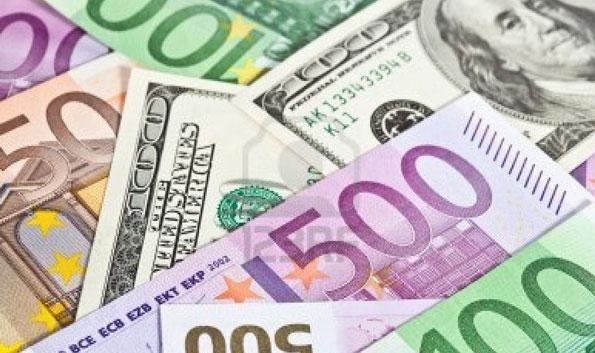
 11 March، 2022
11 March، 2022
 ابحاث السوق
ابحاث السوق
 Views
: 581
Views
: 581

The US dollar is trying to return to recording weekly gains by the end of trading today, Friday, March 11th, the last day of this week, as the general index of the US dollar is trading at 98.55 levels, close to the weekly opening prices, rising by more than 0.50% after the US inflation data, which came in the highest levels in forty years.
The data released yesterday from the United States of America showed that the annual inflation index rose over the past 12 months to 7.9% from 7.5% in February, at its highest pace since 1982, in line with expectations, while the annual core index rose to 6.4% from 6% (expectations). 6.5%).
These inflation figures come less than one week before the Federal Reserve meeting (March 16), which is definitely expected to raise interest rates by a quarter point for the first time since 2018.
The euro, in turn, after recording strong rises after the European Central Bank’s statements yesterday, Thursday, which indicated that the bank will end the bond purchase program in the third quarter of this year, after the expectations that it will end in December, which means higher expectations of raising interest rates in the last quarter of the year to test The euro, at 1.1120 levels, returned to decline with the opening of the US markets, affected by the rise in the US dollar and Lagarde’s statements that there are risks to growth due to what is happening in Ukraine.
In a related context, the Japanese yen is trading down against the US dollar for the fifth consecutive session, trading at its lowest level since January of 2017, at levels of 116.77, as this strong decline in the yen returns despite the rise of the safe-haven currencies due to the strong rise in US Treasury bond yields for a period Ten years to reach 2%.
In terms of economic data, during the American session today, markets are awaiting Canadian labor market data, as the Canadian economy is expected to add about 160 thousand jobs in February after losing 200 thousand jobs in January, and the unemployment rate is expected to decline to 6.3% in February, compared to 6 5% in the January reading.